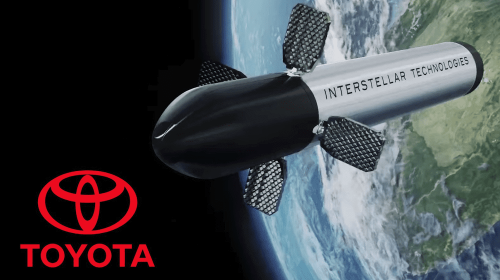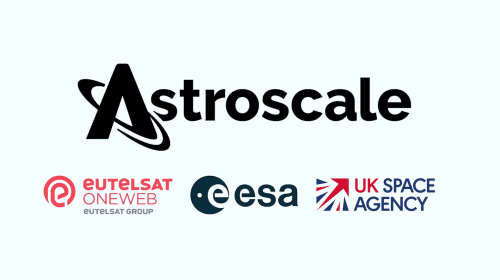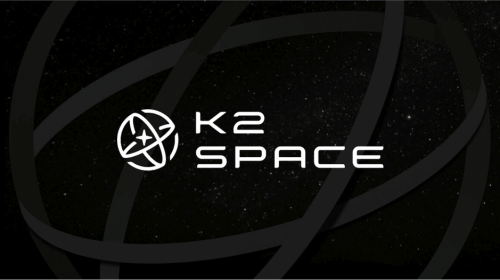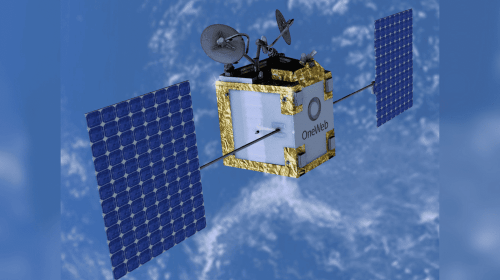Jan 12, 2018
The nature of the space industry is changing rapidly. In the past, things were pretty static. A typical launch consisted of one satellite per launch vehicle, both generally owned by a single agency. That model is changing with the advent of “NewSpace.” Today there are a large number of new players in the industry, leveraging space launches that support multiple satellites sharing the rocket. Satellites themselves may have hosted payloads and small satellites of all types are proliferating, often in low earth orbits, provide imaging, scanning, tracking, internet access and other services.
The Aerospace Corporation, a nonprofit corporation, has taken a look at these crucial issues. Aerospace operates a research and development center for the US Air Force. Supporting federal and international agencies, states, non-profit organizations and commercial customers, are Aerospace’s 3500 employees, of whom 70 percent are technical specialists, most of whom have advanced degrees. They support the technical disciplines necessary for planning, acquisition and support for space and ground systems.
“Navigating the Space Compliance Roadmap for Small Satellites,” is a timely policy paper from Aerospace that explores US spaceflight regulations, and considers how applicable they may or may not be for the growing “nontraditional missions,” often based on multiple satellites on a launch vehicle. The paper comes as the US Congress considers new legislation, “The American Space Commerce Free Enterprise Act of 2017” which purports to provide support for free enterprise by leveraging a more favorable legal and policy environment to support the growing industry.
The Act says US citizens and entities are free to explore and use space, subject only to limitations that involve national security, and to ensure compliance with international obligations under the Outer Space Treaty. This treaty determines who is responsible for various components of a launch, and who owns the resources, such as payloads. In the past, the launch vehicle generally carried one payload, now there may be satellites with multiple owners coming from multiple states (countries), and the launch vehicle might be owned by one country and launched from another. Keeping track of, and allocating responsibility for these components has become more complicated with the advent of NewSpace , and the burgeoning commercialization of space.
Aerospace suggests a balance to promoting unfettered access to space, noting that the Act intends to take steps to protect the physical safety of objects operated in space. It proposes that in order to be eligible for certification, everyone who submits an application must include a “space debris mitigation plan” for any space objects. U.S. Orbital Debris Mitigation Standard Practices (ODMSP) has four sections governing debris generation, accidental explosion, risk of collision with other objects, and disposal of space objects at the end of mission life.
Another area of concern is “spectrum usage.” Assignment and use of frequencies for communication by satellites are handled as a matter of law, not policy. The National Telecommunications and Information Administration (NTIA) is responsible for regulating frequency usage for NASA, the DoD and other federal agencies. With more and more companies and agencies wanting to participate in space, spectrum management becomes more complex, and requires good integration with international organizations such as the International Telecommunications Union (ITU). The ITU does not have authority to enforce policies, but nations who are members honor the treaty status.
Other issues arise in the arena of cybersecurity. With all the satellites being launched, which ones are Department of Defense, (DoD) and subject to their cybersecurity policy? Is a satellite that has DoD funding subject to cybersecurity policy? That could prover cumbersome and unnecessary. Does a satellite fall under the heading of national security in space? Not all DoD satellites require such security, and requiring them to meet certain cybersecurity regulations can be counterproductive and lead to increased, and unnecessary costs, not to mention administrative hurdles. There is, however, concern about non-DoD spacecraft that do not employ encryption – particularly uplink protection, given a concern that bad actors might take command and control of a spacecraft whose propulsion it might control to do great harm. The policy paper notes that perhaps such security should be mandatory.
Another area of concern is imaging. Commercial satellites are governed by the National Commercial and Space Programs Act which governs Earth, and non-Earth imaging. It assigns licensing authority to the National Oceanic and Atmospheric Administration (NOAA) who ensures that all imagers are complying with DoD and intelligence community requirements. Exactly what constitutes imaging needs to be defined. Most satellites have “star trackers” that help them maintain and control their location. These star trackers are based on cameras, so technically they are imaging, and they could unintentionally image something that is classified. While star trackers have not been regulated in the past, the policy paper suggests that this should be taken under consideration.
Aerospace calls for review of “rendezvous and proximity operations,” in the report. This is a loose term that describes operations that put spacecraft in close proximity to each other. As large constellations of small satellites are deployed, proximity issues are going to become more important. Given how crowded some regions of space are becoming, this safety issue concerns more than just the two satellites that might be involved in a collision, as the debris field may affect other spacecraft, sooner or later.
Aerospace Corporation is recommending new processes to ensure compliance, and has highlighted areas where current policy should be reevaluated. To transform the overall process, will require time, commitment, cooperation and of course, legislative action. Their paper attempts to clarify when and where current policy is applicable, and to outline processes to ensure compliance. It attempts to define whether policy is unclear, or even absent. Aerospace calls for the space community to join together to transform policy, recognizing that this will take time and widespread participation, as well as legislative action.
The pace is picking up. New, large satellite constellations are being planned. U.S. policy must be flexible and agile enough to evolve alongside the new projects and opportunities, so as to ensure safe access to space for all who participate. This work by Aerospace will be instrumental to those involved in the process.





